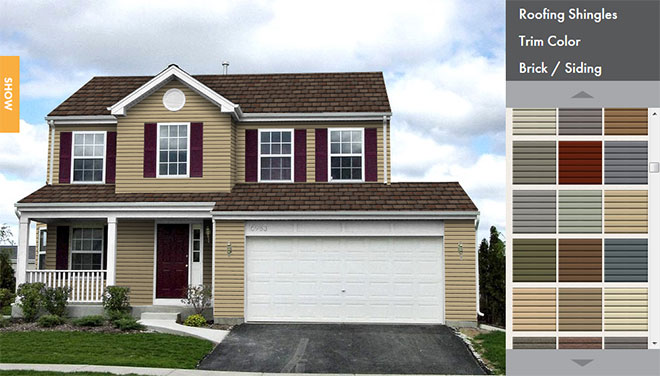Energy Saving EPDM Roofing
Over the years, EPDM (ethylene propylene diene terpolymer) single-ply rubber roofing membrane has been the number one roofing choice of architects, roof consultants and contractors for both new construction and replacement roofing projects, according to a variety of surveys conducted by roofing industry publications and trade associations.
EPDM: A Sustainable Roofing Option
Today, there are more than 500,000 warranted EPDM roof installations in the U.S., representing 20 billion-plus square feet of existing low-slope roofing. As environmentalists and code regulators place more emphasis on the sustainable performance of building materials, EPDM continues to be the roofing material that stands the test of time. Characteristics that contribute to EPDM’s overall system performance include:
- Cyclical membrane fatigue resistance
- Proven hail resistance
- High resistance to ozone, weathering and abrasion
- Flexibility in low temperatures
- Thermal shock durability
- Ultraviolet radiation resistance
- The ability to meet insurer FM Global’s most stringent Class 1 roofing requirements
However, recent research shows that EPDM has other desirable performance characteristics that dovetail nicely with the nation’s need for more environmentally friendly and durable low-slope roofing systems. For example, over the last year or so, research studies have found that:
Buildings in certain climate zones in the U.S. can save more energy with a dark colored EPDM roof than a white thermoplastic membrane. Billions of square feet of existing ballasted EPDM roof membranes have been quietly saving as much energy as white membranes on countless roofing projects nationwide—without designers and property owners even being aware of it until now.
Long Term Performance Of EPDM Roofing Systems
The life cycle costs of EPDM roofing— a critical part of a roof membrane’s overall sustainability—has been shown to exceed other popular low-slope roofing systems. With meteorologists predicting increasingly severe hailstorms in the U.S. over the next several years, an independent research study has again proven that EPDM offers exceptional impact resistance and improved durability in areas where hailstorms are prevalent. The nation’s inventory of school buildings, which are typically unoccupied during the hot summer months, can save considerably more energy with a dark colored roof like EPDM. While light colored roofing membranes are certainly a benefit in some climactic regions, roofing industry observers are seeing an increasingly disturbing trend toward the promotion of light colored membranes for all low-slope roofing installations. As most experienced roofing contractors already know, no one membrane type can ever be perfect for all roofing applications. That’s why it’s so important that roof designers and contractors specify and install the right roofs for the right markets.
For example, ASHRAE’s current 90.1 recommendations are calling for R-values that are 33% higher than in the past. This means that a properly insulated roof often negates the reflective benefits of a white roofing membrane. In fact, in many of the climate zones defined by ASHRAE, black roofs can provide the same energy saving benefits as reflective membranes. However, in climate zones 1 or 2 in the extreme South, a white roofing membrane would be the best choice.
We push no particular (roof) system but look at each building, geographic location and owner situation as unique.
In the real world of roof design, that is definitely not the case. When it comes to low-slope roofing, saving energy has never been a black and- white issue. Just as important, the greatest test of any construction material is how it performs under actual field conditions. Forty years of empirical experience in field applications has shown EPDM to have the roofing industry’s longest average service life. The need to provide the construction and roofing communities with current and accurate data.
Commercial Roofing Contractor MN
EPDM membrane not only provides greater sustainability in normal weather conditions, but continues to outperform other materials under most extreme conditions. Documented evidence shows EPDM suffers the least damage against fire, hail and other unusual conditions, living up to its promise as the top performing value product in the roofing industry.
If you would like to hear more about the outstanding attributes of a Commercial EPDM Roofing System, an experienced Minnesota commercial roofing contractor can answer all of your questions.


 Click Here
Click Here Click Here To Use
Click Here To Use